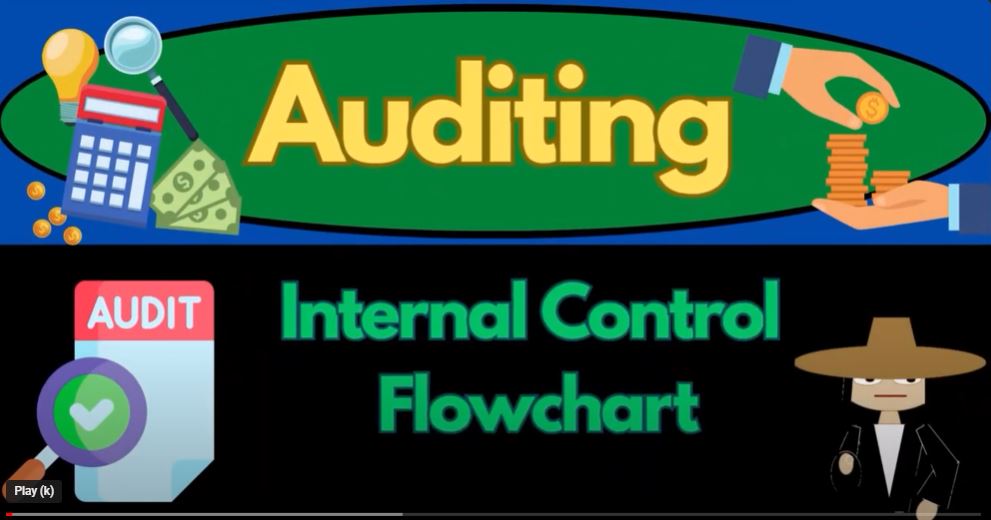In this presentation, we will delve into the intricacies of internal controls, exploring the design, implementation, and assessment processes critical for a comprehensive audit. Our journey begins with establishing an understanding of internal controls, followed by the crucial decision of whether to rely on these controls or opt for more substantive testing. This decision-making process is particularly crucial for auditors working with publicly traded companies versus smaller enterprises.
- Understanding Internal Controls: Our first step involves deciphering the design of internal controls. We analyze the mechanisms in place to ensure the accuracy and reliability of financial reporting. Once this understanding is achieved, the next critical step is to document these internal controls comprehensively.
- The Decision Point: A pivotal moment arises when the auditor must decide whether to rely on the internal controls. For publicly traded companies, reliance is often the preferred strategy due to time constraints. In contrast, smaller companies may necessitate a more robust substantive testing approach.
- Substantive Testing for Smaller Companies: For situations where reliance on internal controls is deemed insufficient, a substantive testing strategy takes precedence. Control risk is set at the maximum, acknowledging the higher likelihood of internal controls missing material misstatements. Substantive testing is then intensified to ensure a thorough examination of account balances and transactions.
- Reliance Strategy for Larger Companies: When internal controls are considered reliable, a reliance strategy is adopted. This involves planning and executing tests of controls to validate the efficacy of the established checks and balances. By relying on internal controls, auditors can streamline their procedures and focus on the effectiveness of these control mechanisms.
- Assessing Control Risk: Following the tests of controls, the auditor assesses the control risk level. A critical question arises: Does the achieved level of control risk align with the planned level? If yes, the audit process proceeds seamlessly. If not, adjustments are made, and the level of substantive testing is revised accordingly.
- Revision of Substantive Procedures: In cases where control risk deviates from the initial plan, auditors must adapt. The planned level of substantive testing is adjusted to accommodate the changes in control risk. This iterative process ensures that the audit remains dynamic, addressing real-time assessments of internal controls.
- Documenting Control Risk: The final stage involves documenting the assessed level of control risk. This documentation becomes the foundation for performing substantive procedures based on the determined control risk level, ultimately guiding auditors to the ground floor of account-level and transaction-level testing.
Conclusion: Navigating the landscape of internal controls in the audit process requires a strategic and flexible approach. Whether relying on controls or adopting a substantive testing strategy, auditors must make informed decisions that align with the unique characteristics of the entities under examination. The iterative nature of this process ensures adaptability, ultimately enhancing the accuracy and reliability of the audit results.

